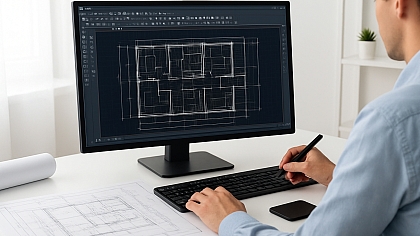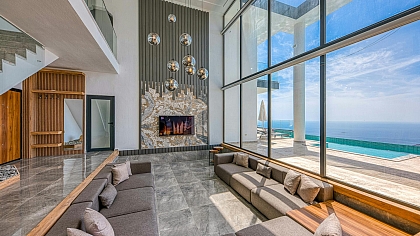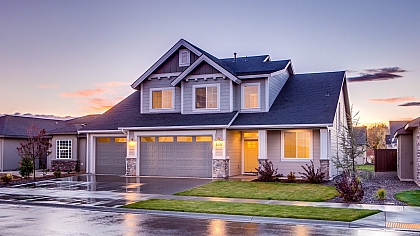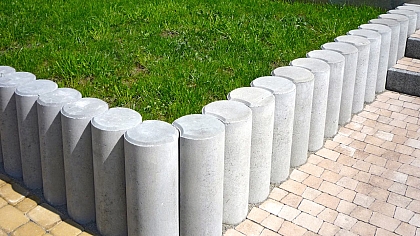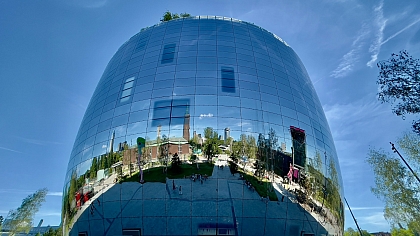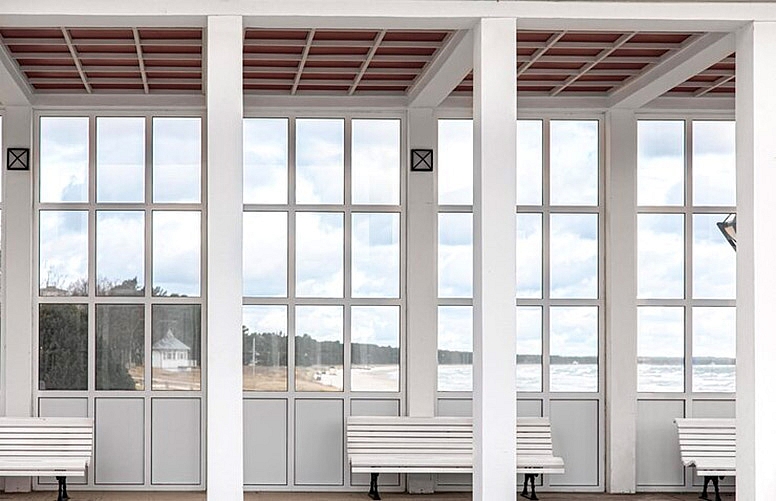
Materials Matter: Enhancing Design and Construction Through Informed Choices
The construction industry is constantly evolving, with more stringent sustainability standards and greater discernment by consumers forcing the industry to new heights regularly. Fortunately, industry professionals have better materials than ever before to help them answer the call. The right choice of materials can significantly contribute to the overall success of a building project, blending the lines between form and functionality that can help designers achieve multiple ends simultaneously.
Keep reading as we explore how material choices can shape a construction project and look into some of the most trending materials currently being used in modern designs.
Aluminium Composite Material (ACM) Panels
ACM panels are composed of two thin sheets of aluminium bonded to a polyethylene core. They offer a unique combination of strength, durability, and versatility, making them ideal for both interior and exterior applications. Some of the key benefits of acm panels systems include:
- Versatility: ACM panels can be easily shaped, curved, or perforated to create unique and visually striking designs.
- Durability: These panels are resistant to corrosion, weathering, and extreme temperatures, ensuring longevity and low maintenance costs.
- Fire resistance: Many ACM panels are fire-rated, providing additional safety and peace of mind.
From exterior facade cladding to interior accent walls, ACM panels make a strong choice for bringing any type of design to fruition.
Acoustical Wood Panels
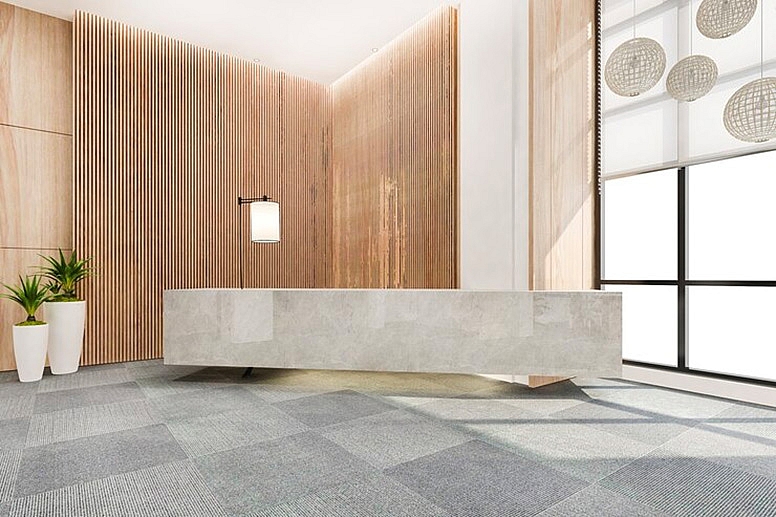
Wood has long been a popular choice for construction due to its natural beauty and warmth. However, modern acoustical wood panels offer more than just aesthetics. Among the reasons to consider wood panels to improve the performance of interior spaces include:
- Acoustic properties: Wood panels can help absorb sound, reducing noise levels and creating a more comfortable environment. With NRC (noise reduction coefficient) ratings between 0.5 and 0.8, modern sound-absorbing wood panels can help add an impressive layer of stylish thermal mass.
- Thermal Insulation: Wood is a natural insulator, helping to regulate indoor temperatures and reduce energy consumption.
- Sustainability: Sustainable wood panels are available, sourced from responsibly managed forests. Many acoustic wood panels are sourced from a large percentage of recycled materials and have very few VOC emissions.
By choosing the best modern wood acoustic panels, contemporary buildings can seamlessly capture the rustic charm of wood while enhancing the acoustics necessary in an increasingly connected world.
Demountable Glass Partitions
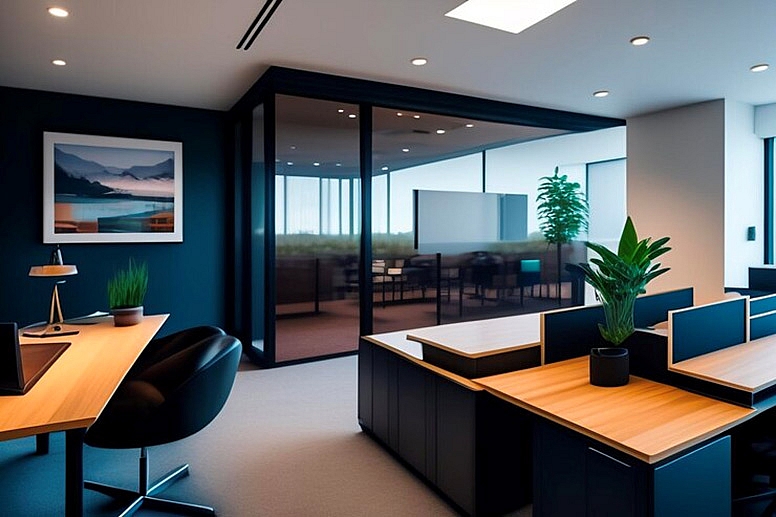
Demountable glass partitions are an innovative solution for creating flexible and adaptable spaces. They offer a sleek and contemporary look while providing functional benefits. Some of the perks of demountable glass partitions are:
- Flexibility: Demountable partitions can be easily reconfigured or removed, allowing for quick and efficient changes to office layouts.
- Transparency: Plexiglass partitions maintain visual connectivity and natural light distribution, supporting collaboration and openness.
- Acoustic performance: Some glass partitions offer acoustic properties, ensuring privacy and minimizing noise transfer.
With the proliferation of the open concept design shaping modern interiors, glass partitions are an elite choice for breaking up a space without inhibiting natural light flow.
Smart Glass
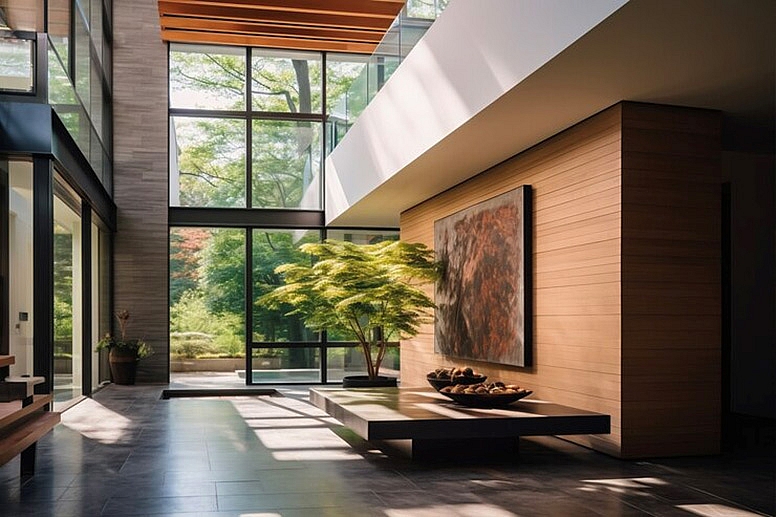
Smart glass is a cutting-edge material that can change its transparency on demand. It's often used to control privacy, manage natural light, and improve energy efficiency. Among the reasons to consider smart glass in a modern architecture project are:
- Privacy Control: Smart glass can be switched from transparent to opaque, offering instant privacy when needed.
- Glare Control: It can automatically adjust its tint to reduce glare and maintain comfortable indoor lighting conditions.
- Energy Efficiency: Smart glass can help regulate indoor temperatures by adjusting its transparency and reducing the need for artificial lighting.
With its myriad benefits, smart glass will continue to see an increase in interest in buildings looking to blend the lines between efficiency and aesthetics.
Recycled and Upcycled Materials
Sustainability is a growing priority in construction, and recycled/upcycled materials offer an excellent way to reduce environmental impact. Some of the benefits of choosing recycled or upcycled materials in an upcoming construction project include:
- Reduced Carbon Footprint: Using recycled materials decreases the need for raw material extraction and manufacturing, reducing greenhouse gas emissions.
- Waste Reduction: Upcycling materials diverts waste from landfills and promotes resource conservation.
- Unique Aesthetics: Recycled and upcycled materials can add a distinctive and eco-friendly touch to a project's design.
With tightening government regulations about sustainability and an increasingly conscientious consumer base, expect to see a continued rise in these types of repurposed materials in future construction projects.
Enhance Your Construction Project With the Right Materials
The materials we choose for construction have a profound impact on the aesthetics, functionality, and sustainability of our built environment.
By staying informed about innovative materials and making conscious choices, we can create spaces that are not only beautiful but also efficient, eco-friendly, and responsive to the needs of modern occupants.
For more information on the most cutting-edge trends in architecture, explore the resources at SAOArchitects for the leading voices in the industry!

